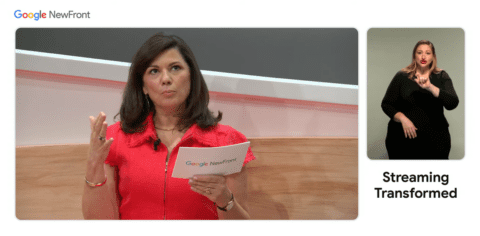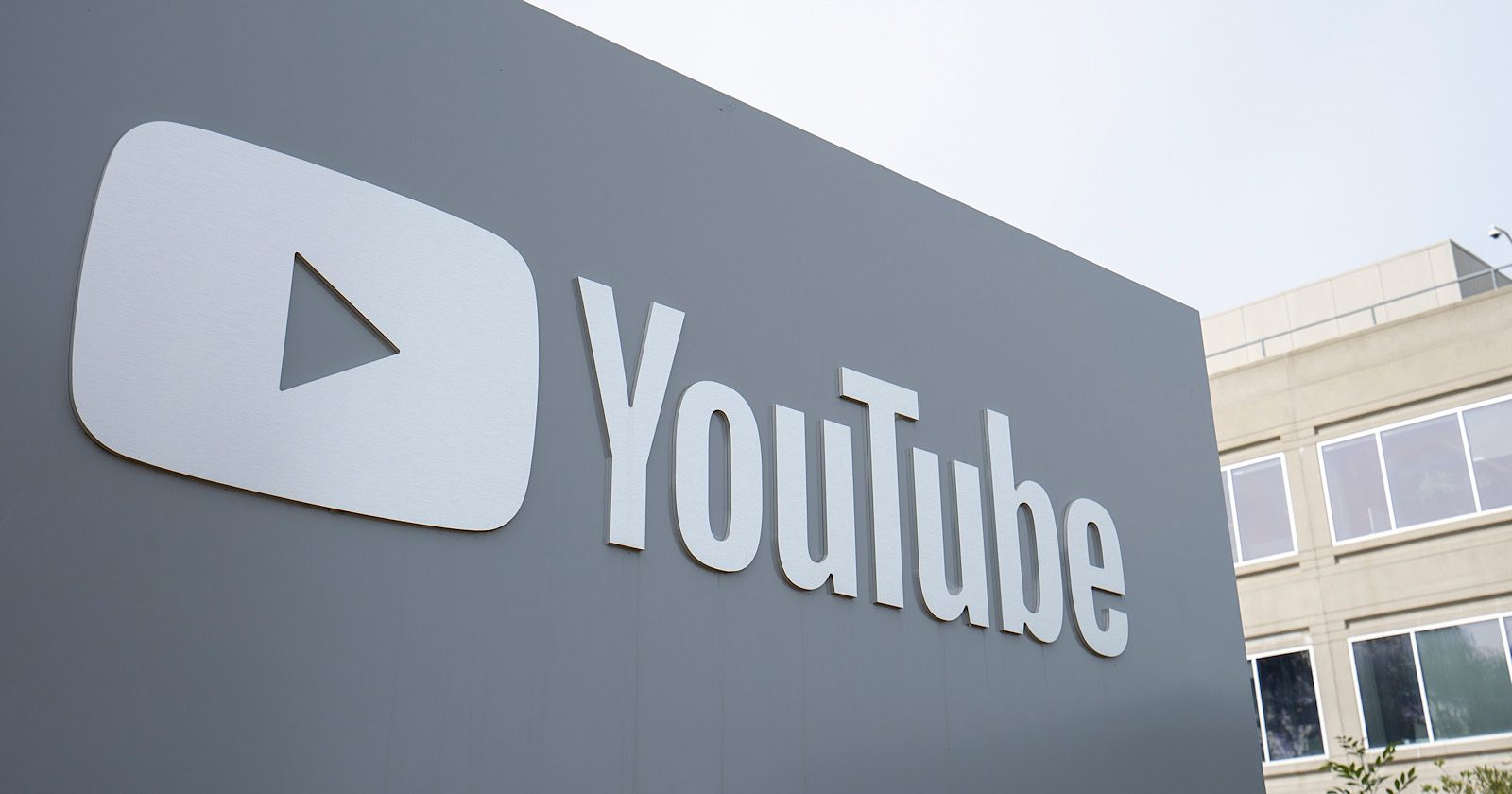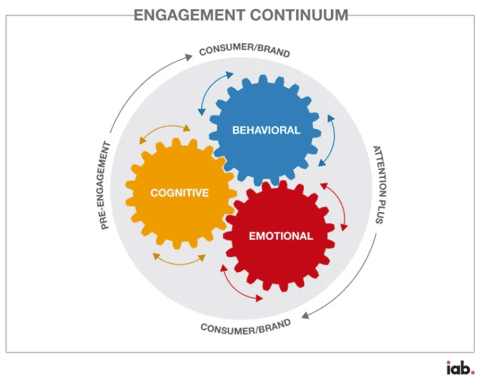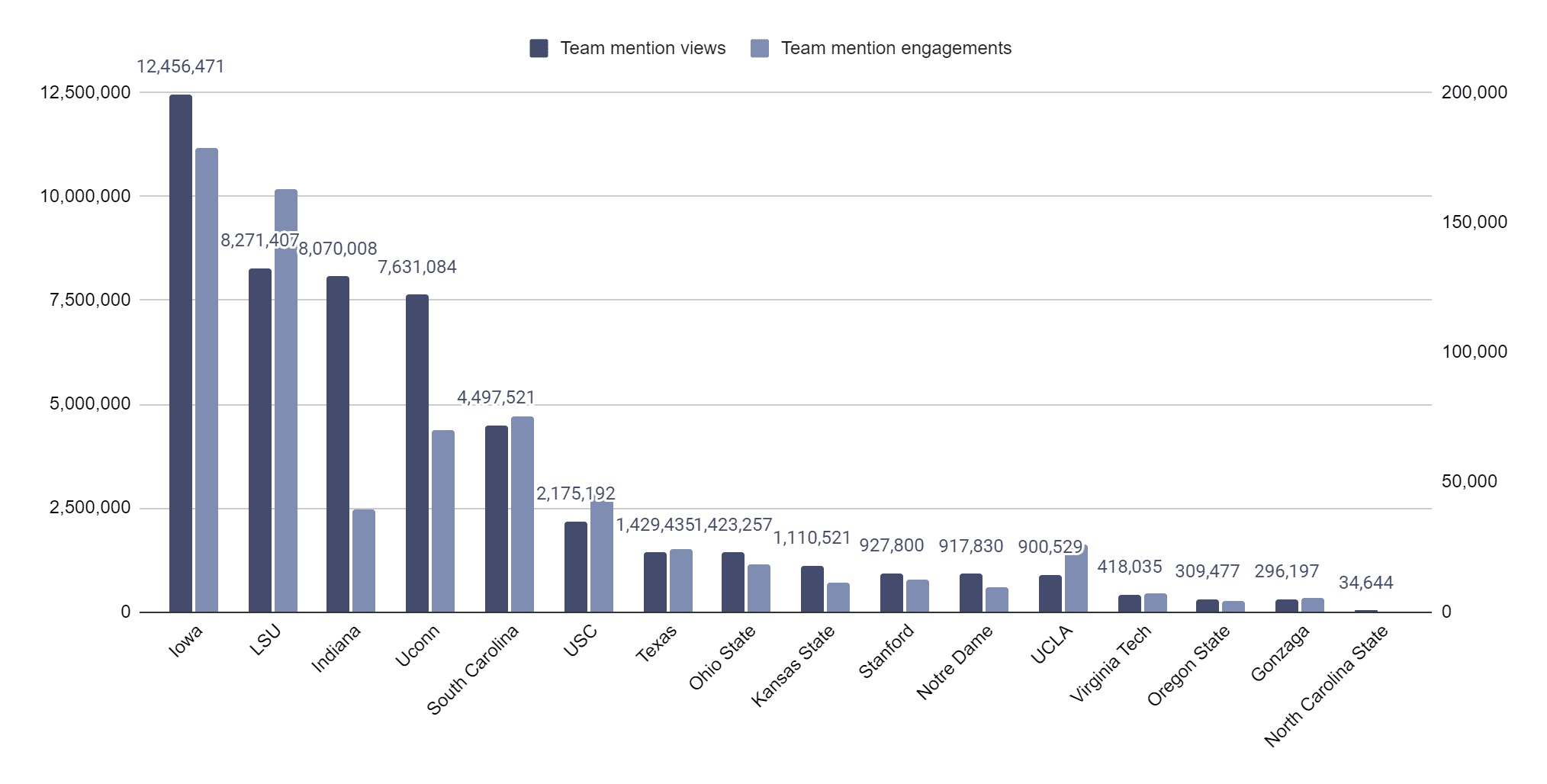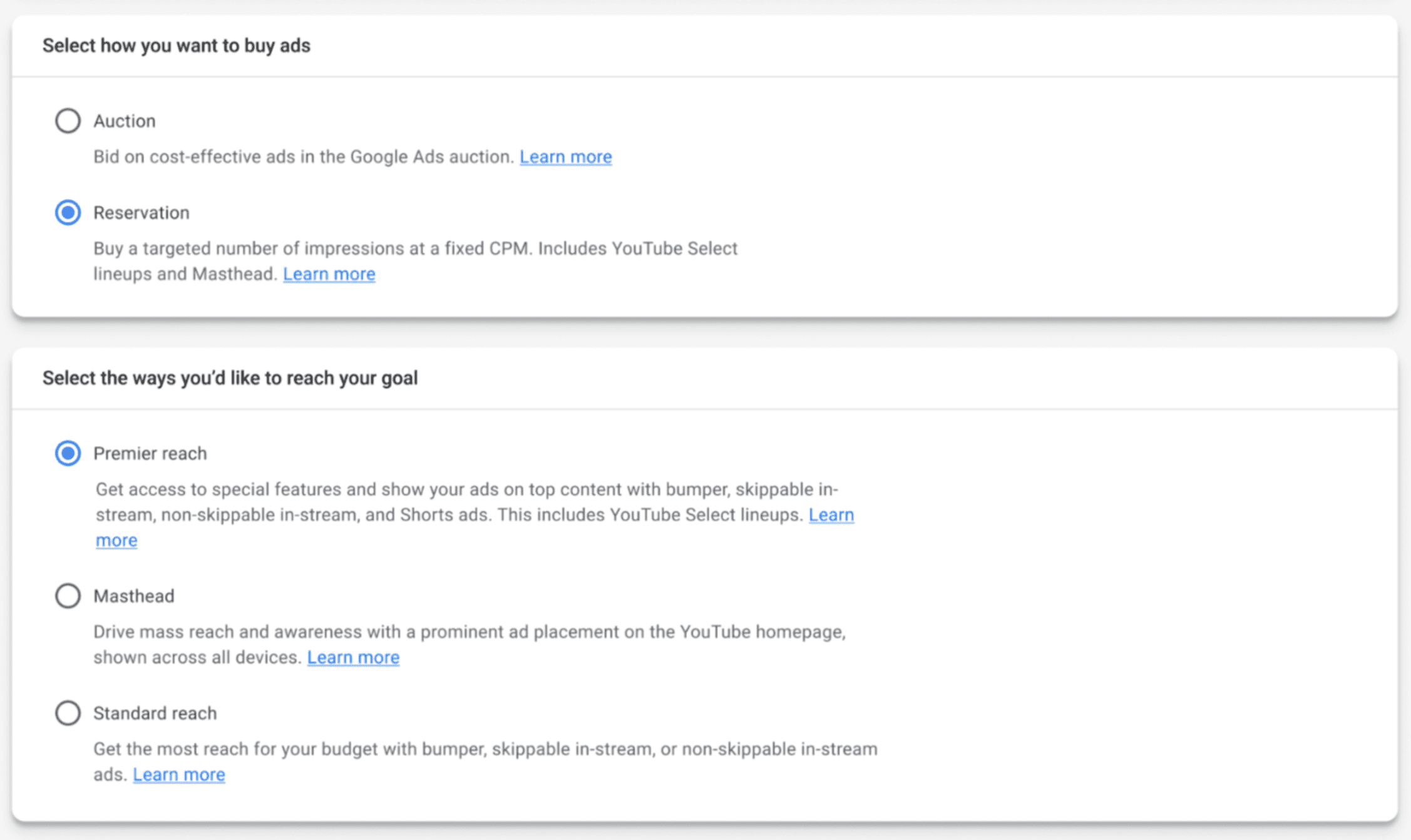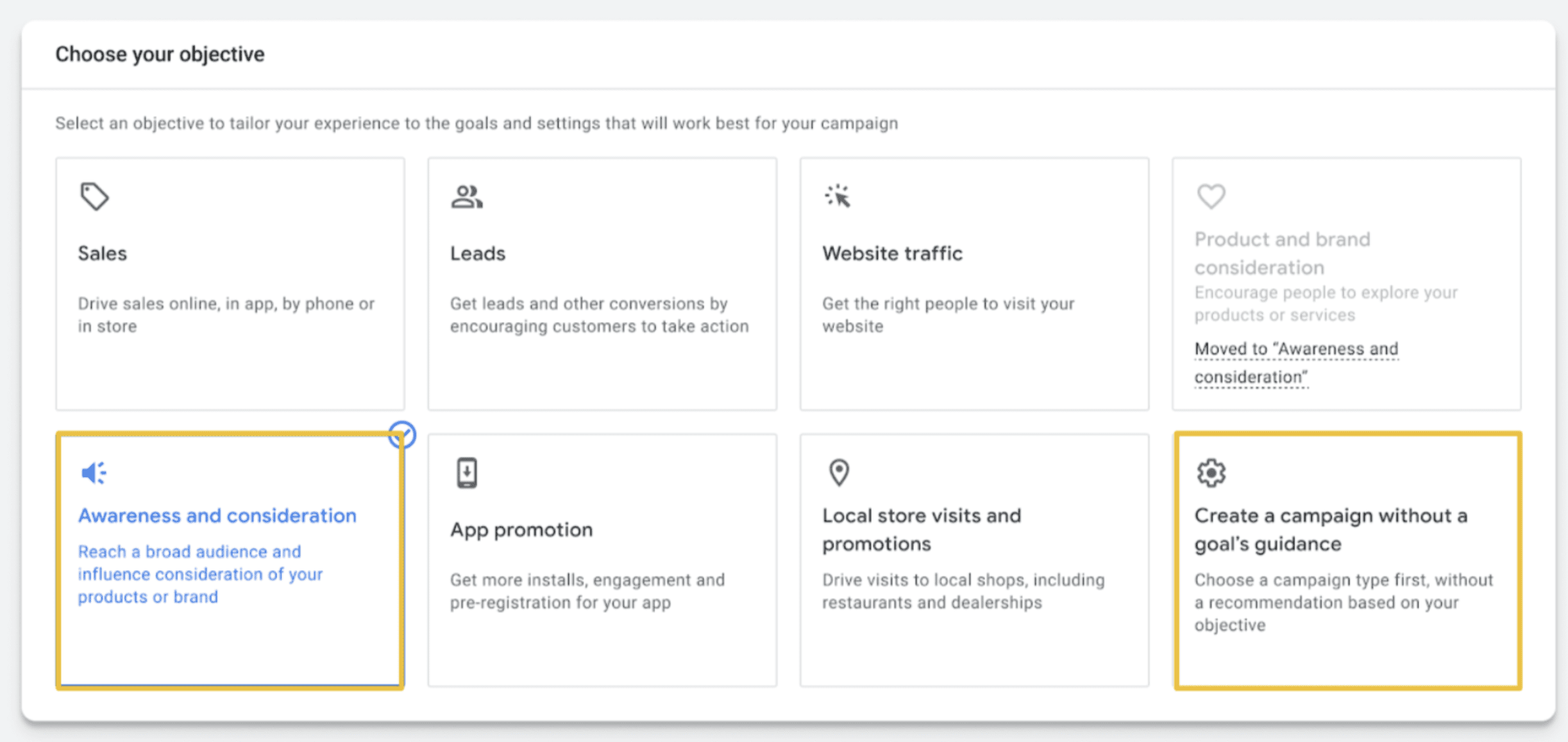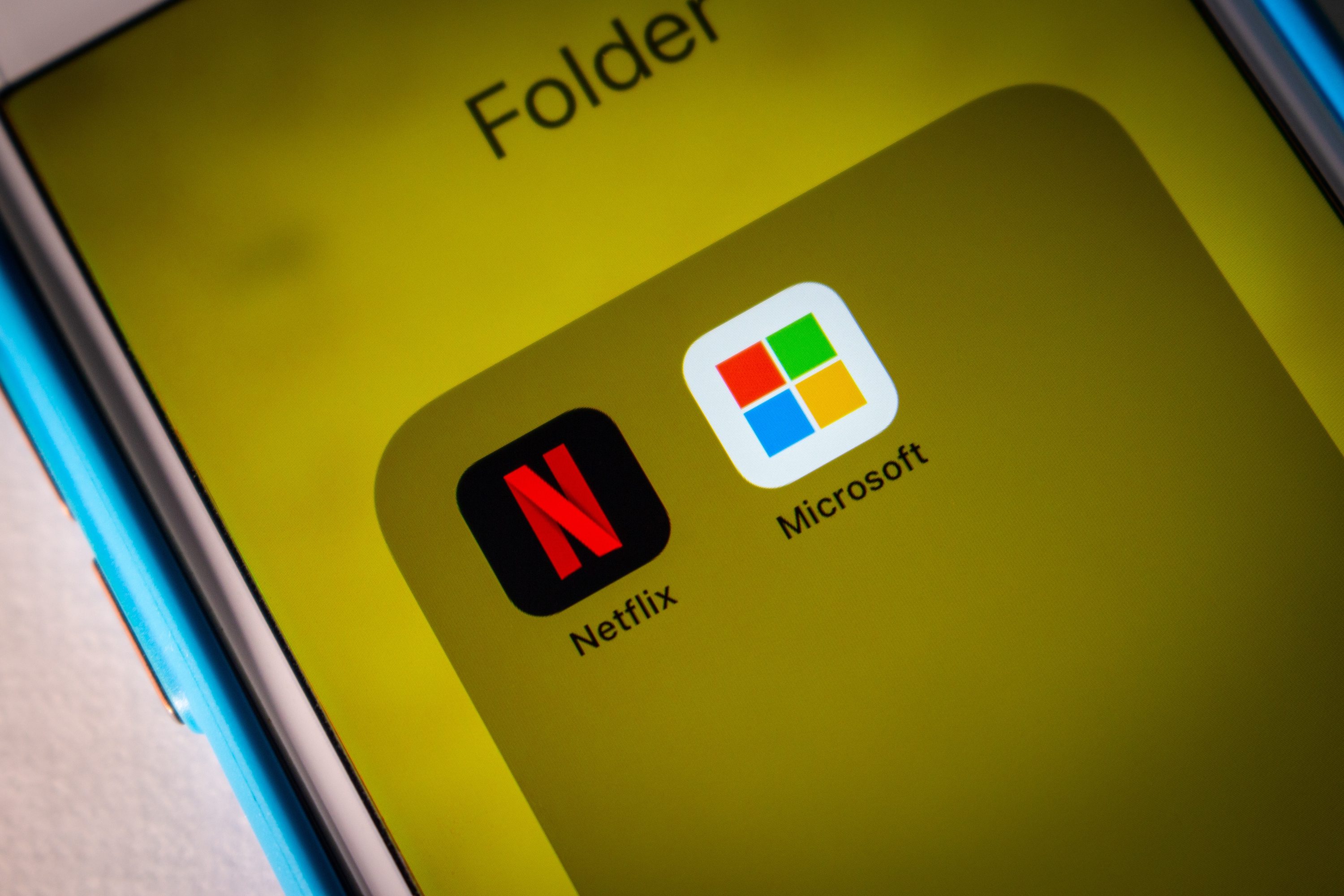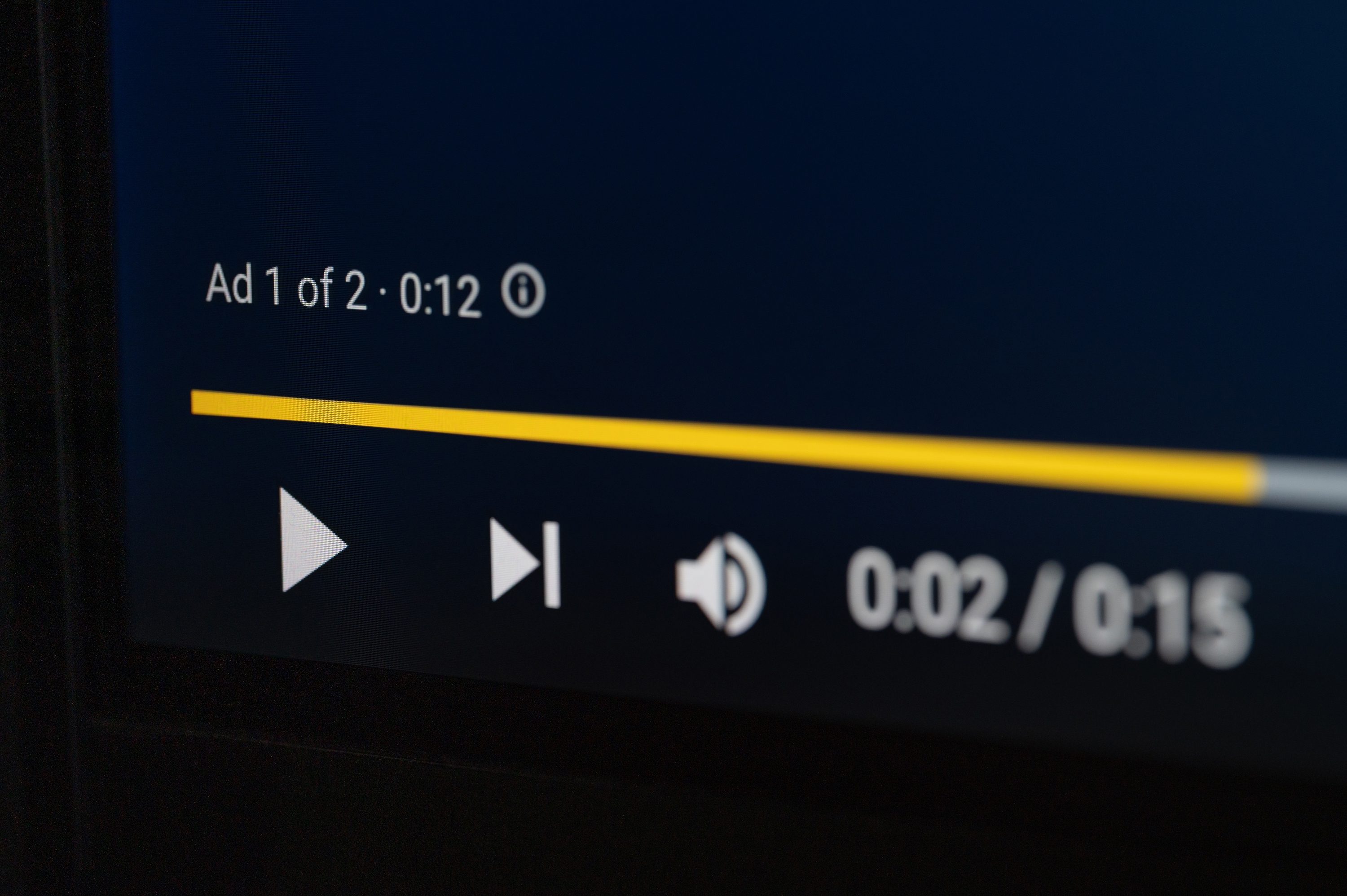Business Outcomes Are The Top KPI Of Video Ad Buyers – IAB Report Part Two via @sejournal, @gregjarboe

The IAB has just published the second part of its “2024 IAB Digital Video Ad Spend & Strategy Report,” and the key criteria for digital video investments have fundamentally changed.
Since August 2007, when YouTube started offering video advertising, brands, and their agencies have always prioritized reach and frequency.
However, business outcomes have now become the primary success metrics. Despite this sea change, measurement still faces significant challenges, according to Cintia Gabilan, IAB’s VP of the Media Center.
In a press release, Cabilan said:
“The industry has bought, transacted, and measured against reach since the beginning of time.”
She added:
“But now business outcomes are the most important metrics to assess success, with reach and frequency coming in second. However, measurement is not yet where it needs to be. Two-thirds of buyers cite issues across nine key areas of measurement.”
The 2024 IAB Digital Video Ad Spend & Strategy Report Provides Essential Insights
Released at the IAB Video Leadership Summit (VLS), the second part of the report provides essential insights:
Three-Quarters Of CTV Buying Is Programmatic
- CTV activation is almost evenly split among real-time bidding (RTB)/open exchanges (36%), private marketplaces/preferred deals/programmatic guaranteed (34%), and ad networks (30%).
Increased Spend Across All Video Channels And Content Types
- The first part of the report predicted increased spending in 2024 on major digital video channels. Part 2 reveals investments across all video types, including short-form (69%) and vertical-format (68%), which dominate buyer preferences.
Performance Advertising Needs Enhanced Measurement
- Business outcomes such as sales, site visits, and leads are now top KPIs for buyers across all channels – social video (64%), online video (58%), and connected TV/CTV (54%).
- Two-thirds of buyers face measurement issues, particularly smaller advertisers targeting niche audiences, who report problems with viewability, standardized targets, currency, and sell-side data. Streaming networks must improve these areas to gain buyer confidence.
Widespread Use of Alternative Measurement Methods
- The industry is moving beyond traditional panel-based ratings, with 89% of advertisers engaging with alternative measurement vendors. Buyers prioritize multi-screen attribution (45%) and real-time reporting (43%), and 28% already use alternative currencies.
In the press release, David Cohen, IAB’s CEO, said:
“As the saying goes, ‘with great power comes great responsibility’.”
He added:
“With the continued impressive growth of digital video comes demands for better measurement, viewability, standardized data, and placement transparency. The video ecosystem must fully commit to innovation, especially in measurement.”
The IAB collaborated with Guideline, utilizing ad billing data, market estimates, and an IAB-commissioned Advertiser Perceptions survey of TV/digital video ad spend decision-makers to compile the report.
The complete “2024 IAB Digital Video Ad Spend & Strategy Report” is available here [gated].
Measurement Challenges: Co-Viewing
Many brands and their agencies will be tempted to start reading Section 1 of the report titled “Ad Spend Projections, content formats, and programmatic.”
Some media buyers will jump straight to Section 2 titled “Buyer Selection Criteria: Channels, Platforms and Ad Partners.”
But I began by analyzing and evaluating Section 3: “Measurement Challenges and Mitigation Tactics.”
Why start here?
Well, as I mentioned in a previous article, I’m a big fan of Yogi Berra, who once said, “If you don’t know where you are going, you might wind up someplace else.” Besides, I wanted to know more about the nine key areas of measurement that were creating issues.
And the top issue was a major surprise: co-viewing.
Here’s Google’s definition of co-viewing:
“When multiple people watch YouTube on a connected TV (CTV) device together and view an ad at the same time, it could lead to more impressions and reach for your campaign.” Google adds, “Panels show that multiple people are watching YouTube together on TV screens, a consumer behavior characteristic of linear television viewership as well.”
According to the report, co-viewing ranks ahead of placement transparency, brand safety/suitability, viewability, ads served on Made for Advertising (MFA) websites, ads served on TVs turned off, getting sell-side data, using multiple currencies, and standard sell-side targets.
The report quotes an unnamed director at an agency, who said, “Measuring co-viewing behaviors is particularly important because it directly affects our understanding of audience engagement and audience reach.
Without accurately capturing who is watching content together, we risk misinterpreting viewership data and making false assumptions about the preferences and behavior of our target audience.”
Measurement Issues Differ Greatly Depending On The Channel
Part 2 of the “2024 IAB Digital Video Ad Spend & Strategy Report” also finds that measurement issues differ greatly depending on the channel, especially with online video and CTV.
Online video encounters difficulties due to varying measurement frameworks at the publisher level, which complicates buyers’ understanding of placement, viewability, and guarantees.
Similarly, Connected TV (CTV) experiences challenges due to the absence of shared show-level data and inconsistent measurement methods.
In addition, small spenders report higher levels of concern regarding issues like viewability and brand safety compared to larger competitors. They tend to focus on targeting specific audiences rather than achieving mass reach, necessitating precise measurement.
However, they often lack the resources to hire measurement partners and encounter limited transparency from social platforms. Streaming networks aiming to attract more small spenders will need to build trust in these areas.
The report quotes an agency director, saying:
“Brand safety is most concerning because it is the brand’s image which is at stake. We want to control where our ads should be shown, whom to be shown to, what audiences to target, etc.”
Brands report higher levels of concern about issues like viewability and standardized targets compared to agencies.
Key factors include small- to mid-tier agencies lacking resources to hire measurement partners, having less measurement expertise, and being less involved in performance evaluation, which is usually managed by the agencies.
The report quotes the manager of a B2B brand, saying:
“A brand that can demonstrate that its visible impression is positive, professional and attractive is more likely to stand out in a competitive marketplace.”
With the rise of privacy-by-design, buyers increasingly use measurement tools that depend less on data signals. AI, data-driven optimization, multi-touch attribution (MTA), and marketing mix modeling (MMM) help buyers assess performance using modeled data as the available data pool shrinks.
In addition to supporting these tools, AI is also employed for measuring brand safety, suitability, and fraud (41%), as well as for predicting outcomes (32%).
The Use And Interest In Alternative Currencies
The report also found the use and interest in alternative currencies have become widespread. Currently, 89% of advertisers are engaged with alternative currencies in some capacity, whether through transactions, testing, or discussions with vendors.
Almost 30% of TV and video buyers are already using alternative currencies for transactions. On average, buyers are currently transacting or testing three different alternative currencies and expect this number to increase to four by 2025.
The primary reasons for using alternative currencies are multi-screen attribution and real-time reporting. Small spenders are more inclined to use alternative currencies for creative effectiveness (57%), conversion analytics (51%), and second-by-second reporting (51%).
The report quotes a department head of a B2B brand, who says:
“Real-time audience measurement metrics that capture cross-platform viewership, engagement, and demographic data are needed to adapt to evolving viewing habits and technologies.”
While alternative currencies offer potential advantages, widespread use is hindered by various challenges. These include the costs associated with implementing them, the complexities involved in their systems, and the need for cooperation across different industries.
The report quotes a department head at an agency, who says:
“Currency reconciliation can be challenging since different currencies may use different valuation techniques and exchange rates.”
Report Recommendations
Brands and agencies should read the section on “Measurement Challenges and Mitigation Tactics” before they tackle the last section of the report: “Recommendations.”
Why? Well, as Yogi may have said, “If you don’t know where you are going, you might wind up someplace else.” However, he might have said, “If you don’t know where you are going, you might not get there.”
Either way, you’ll need to overcome nine measurement challenges if the top KPIs of your video ad campaign are now business outcomes like store/site visits, leads, and sales.
All quotes and statistics cited above are taken from the 2024 IAB Digital Video Ad Spend & Strategy Report.
More resources:
Featured Image: BestForBest/Shutterstock

